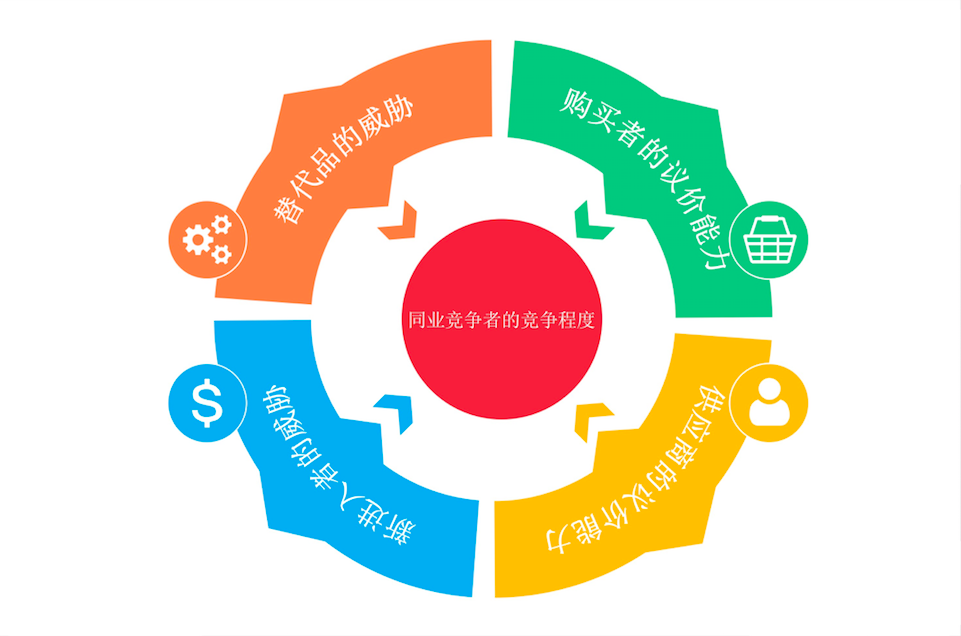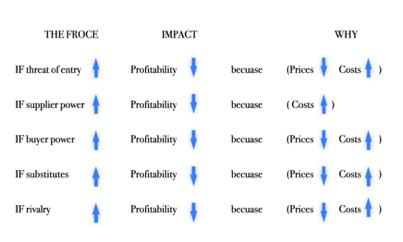Continued from:Strategically dangerous: What Makes or Breaks CEOs ( II )
You Don’t Know What You Think You Do—-Learn How to Plan Strategically
When it comes to strategically planning—-the one that really matters in the long run for a company’s profitability, managers and executives tend to project a number on market share or a sales target, and work it backwards towards actions to be taken. However, this seemingly standard approach spells trouble. First of all, most managers tend to think of competition as a direct contest between rivals, in a way where Apple wants to sell an iPhone and Samsung promotes its own device Galaxy. These two rivals engaged in a direct contest to win the smartphone business. BMW and Mercede-Benz compete to sell cars, and Marriott and Hilton compete to rent a hotel room the guests. However, this way of thinking about competition is too narrow, and often times misleading the managers and executives to a disastrous strategic decision.

When we ask the important question of what is the end game of competition, we eventually come to profit—the point of competition is to earn profits. Competing for profits is more complex—-a game involving multiple players, not just rivals, over who will capture the value an industry creates. While it is true companies compete for profits with their rivals, they are also engaged in a struggle for profits with their customers (buyers) who would always be happier to pay less and get more, and with their suppliers who would always be happier to be paid more and deliver less, and with producers (substitutes) who make products that could be substituted for their own, and with potential rivals whose threat of entry places limits on how much they can charge the customers.
The real point of competition is not to beat your rivals. It’s to earn profits. Competing for profits is more complex, a struggle involving multiple players.
This is way more complicated a picture of terrain for managers and executives. Because it is more complicated, they would like to opt for a simpler and more seemingly direct target for competition, that is direct rivals for marketshare. Overlooking profitability.


However, the fact remains that within a given industry, the relative strength of the five forces and their specific configuration determine the industry’s profit potential because they directly impact the industry’s prices and its costs. The way they impact the industry profitability in a predictable way.
Any successful company has positioned itself favorably in relation to the forces that matter most in its industry. When doing strategic planning (the real one), this approach is to force managers and executives to think clearly about your industry’s structure. Starting there they can focus on their own and rivals’ relative positions within the industry. Therefore, they can plan for profit, the end game of competition.
Contiuned on:Strategically dangerous: What Makes or Breaks CEOs ( III )